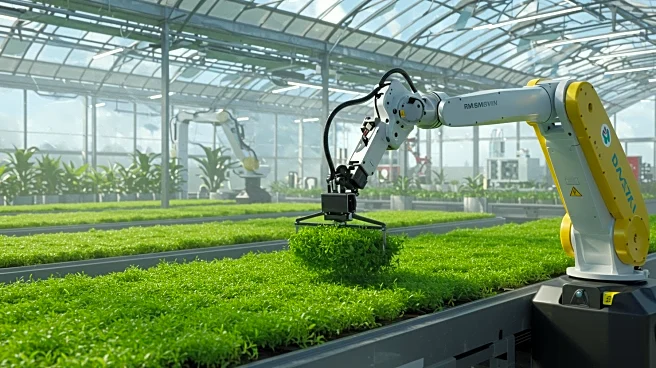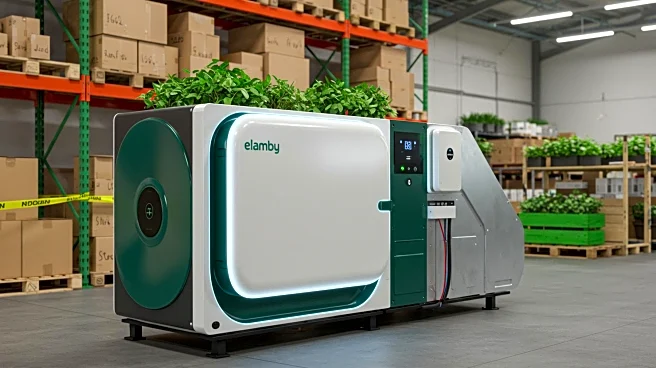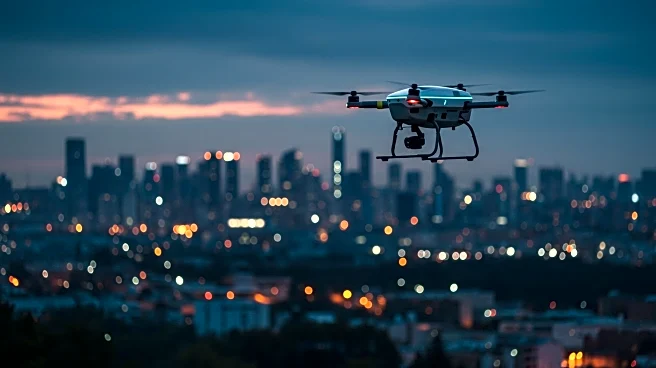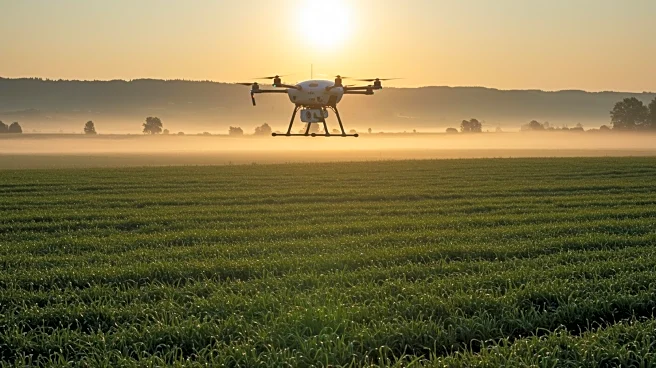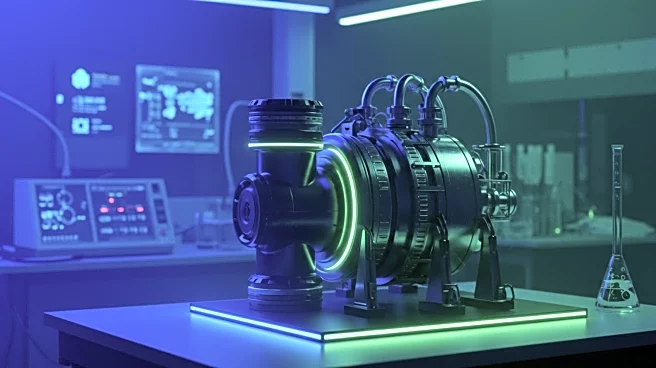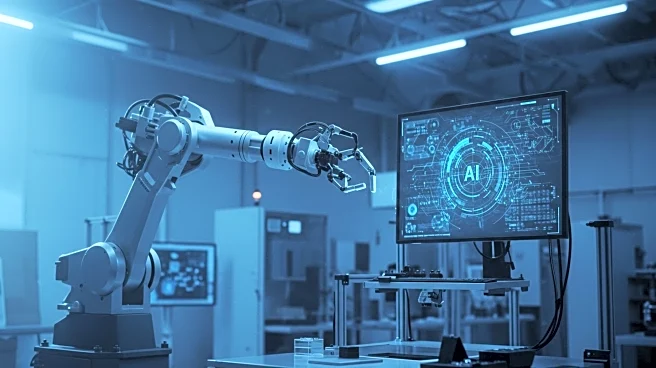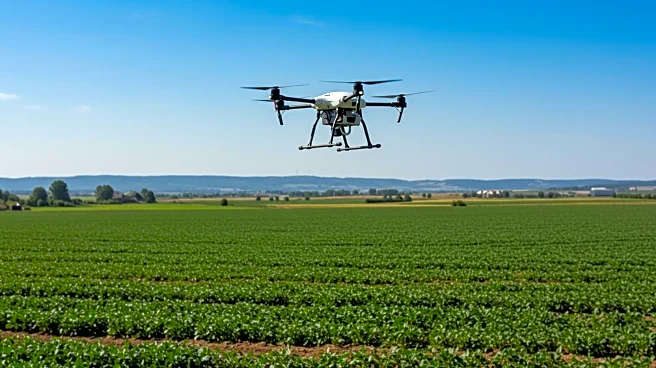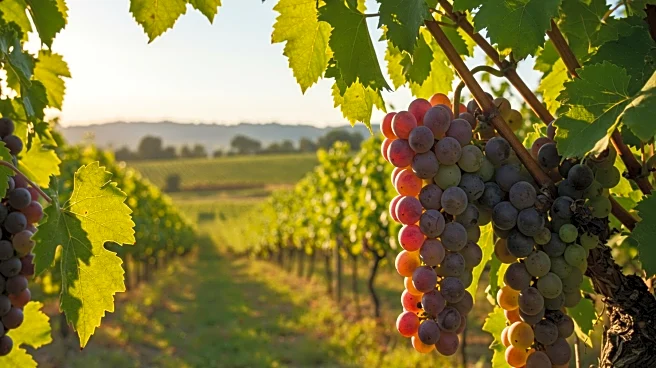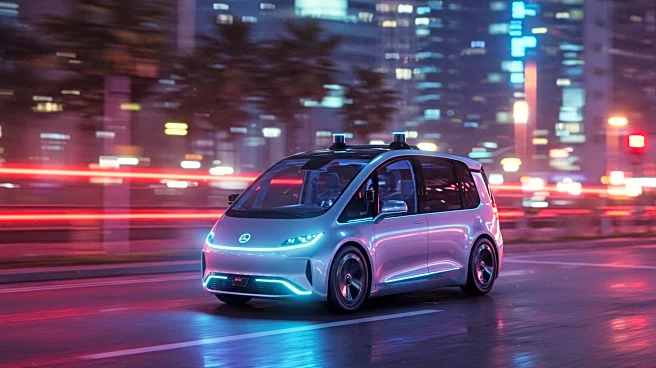What's Happening?
The agricultural sector is undergoing a significant transformation with the integration of automation and robotics. These technologies are addressing challenges such as labor shortages and climate change by automating tasks like planting, harvesting, and weeding. The use of satellite imagery and AI-driven analytics enhances precision agriculture, making it more efficient and sustainable. This shift is driven by the need to meet the increasing global food demand, projected to rise by 70% by 2050. Farm robots are now essential tools, improving productivity and reducing environmental impact.
Why It's Important?
The adoption of farm robots is crucial for the U.S. agricultural industry as it seeks to maintain competitiveness and sustainability. By reducing labor costs and increasing efficiency, these technologies offer significant economic benefits. Large farms, in particular, can achieve faster returns on investment due to economies of scale. Additionally, the environmental benefits, such as reduced chemical use and improved soil health, align with growing consumer demand for sustainable practices. This technological advancement supports the long-term viability of the agricultural sector.
What's Next?
As the use of robotics in agriculture expands, further advancements in AI and machine learning are expected to enhance their capabilities. The industry may see increased investment in research and development to optimize these technologies for various crops and conditions. Policymakers and industry leaders will likely focus on addressing barriers such as high initial costs and digital access in rural areas to ensure widespread adoption. The ongoing evolution of farm robotics will continue to shape the future of agriculture, potentially influencing global food security strategies.
